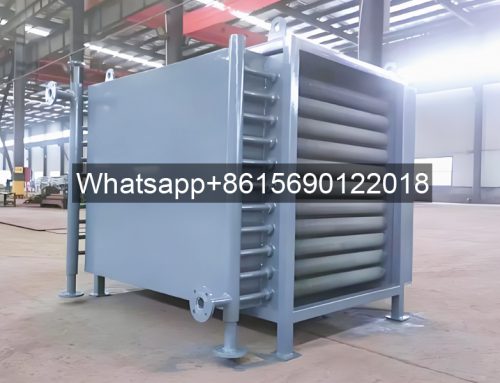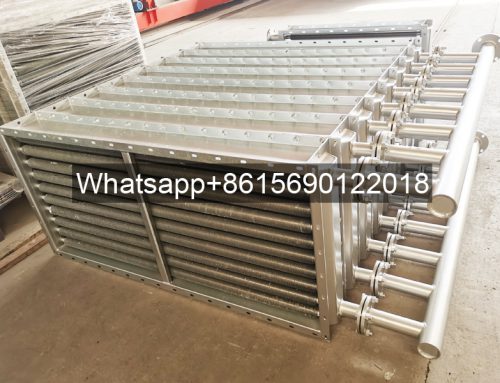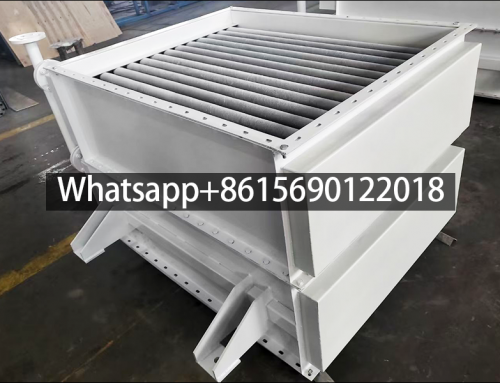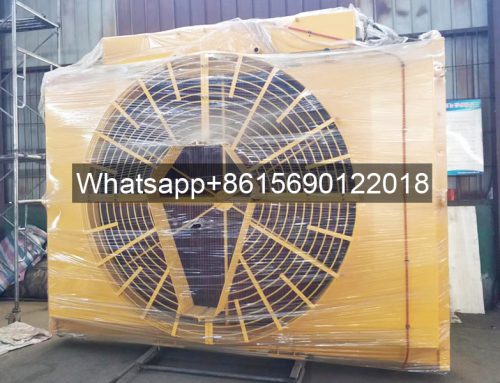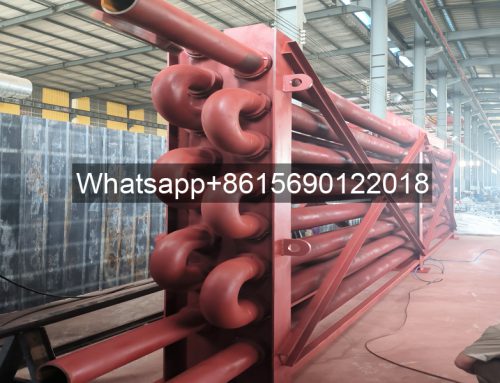Project Description

- Product Name: Stainless Steel Finned Tube Radiator
- Leave Your Message
Working principle of stainless steel finned tube radiator
The stainless steel finned tube radiator works together through heat conduction, heat radiation and air convection. The spiral fins greatly increase the heat dissipation area, allowing the heat to be released efficiently and evenly, providing a stable and comfortable warm environment for various scenarios.

Among the many heating and heat dissipation equipment, the stainless steel finned tube radiator has attracted much attention for its unique advantages. Understanding its working principle can make us more clearly understand why it can play an excellent heating role in many scenarios.
The stainless steel finned tube radiator is mainly based on the principles of heat conduction and heat radiation to achieve heat transfer. Its core component is the stainless steel tube with spiral fins. First, the heat medium, such as hot water or steam, will be transported into the interior of the stainless steel tube. When the heat medium flows in the tube, the heat it carries begins to find a way to dissipate.
The spiral fins attached to the outer wall of the steel tube play a key “boosting” role. These spiral fins greatly increase the surface area in contact with the air. The heat will be conducted to the fins along the steel pipe wall. Since the fins have a large area of contact with the air, the heat can be quickly and efficiently transferred to the surrounding air.
The spiral shape allows the air to form a more complex flow path when it flows through the fins, so that the heat can be more fully absorbed by the air, thereby achieving a more uniform heat dissipation effect.
When the radiator is working, it will continuously radiate heat to the surrounding space. The heated air will rise due to the decrease in density, and the cooler air around will be replenished, thus forming a natural air convection cycle. The newly replenished cold air will continue to absorb heat from the fins and continue to be heated, over and over again, so that the temperature of the entire space can be steadily increased, creating a warm and comfortable environment.
It is through such ingenious coordination of heat conduction, heat radiation and air convection that the stainless steel fin tube radiator can efficiently release the heat of the heat medium, bringing warmth to many scenes such as people’s lives and production.

Stainless Steel Finned Tube Radiators: Design and Applications
Introduction
Stainless steel finned tube radiators utilize extended surface areas (fins) to enhance heat transfer efficiency. The combination of stainless steel tubes with various fin configurations creates durable heat exchangers suitable for demanding applications including HVAC systems, industrial processes, and power plants.
Key Components
- Base Tube: Typically made of 304 or 316 stainless steel
- Fins: Attached to increase heat transfer surface area
- Headers: For fluid distribution/collection
The stainless steel finned tube radiator Technical Parameters
Standard Material Specifications
ComponentMaterial GradeThickness (mm)Temperature Range (°C)Base Tube304 SS1.0-3.0-50 to 650Base Tube316 SS1.2-3.5-50 to 700Fins304/316 SS0.3-1.2-50 to 650
Performance Characteristics
ParameterValue RangeUnitHeat Transfer Capacity50-500W/m²KWorking Pressure0.6-4.0MPaFin Density150-500fins/mTube Diameter12.7-50.8mm
Common Fin Types
- L-Fins: Basic wrapped fin design
- G-Fins: Embedded fin for better contact
- Extruded Fins: Integral with tube
The stainless steel fin tube radiator Applications
- Chemical processing plants
- Food and pharmaceutical industries
- Marine environments
- Power generation facilities
The stainless steel finned tube radiator Advantages
• Superior corrosion resistance
• Long service life (15-25 years)
• Easy maintenance
• Customizable configurations
The stainless steel finned tube radiator Maintenance Considerations
- Regular cleaning to prevent fouling
- Inspection for fin damage
- Pressure testing for leaks


